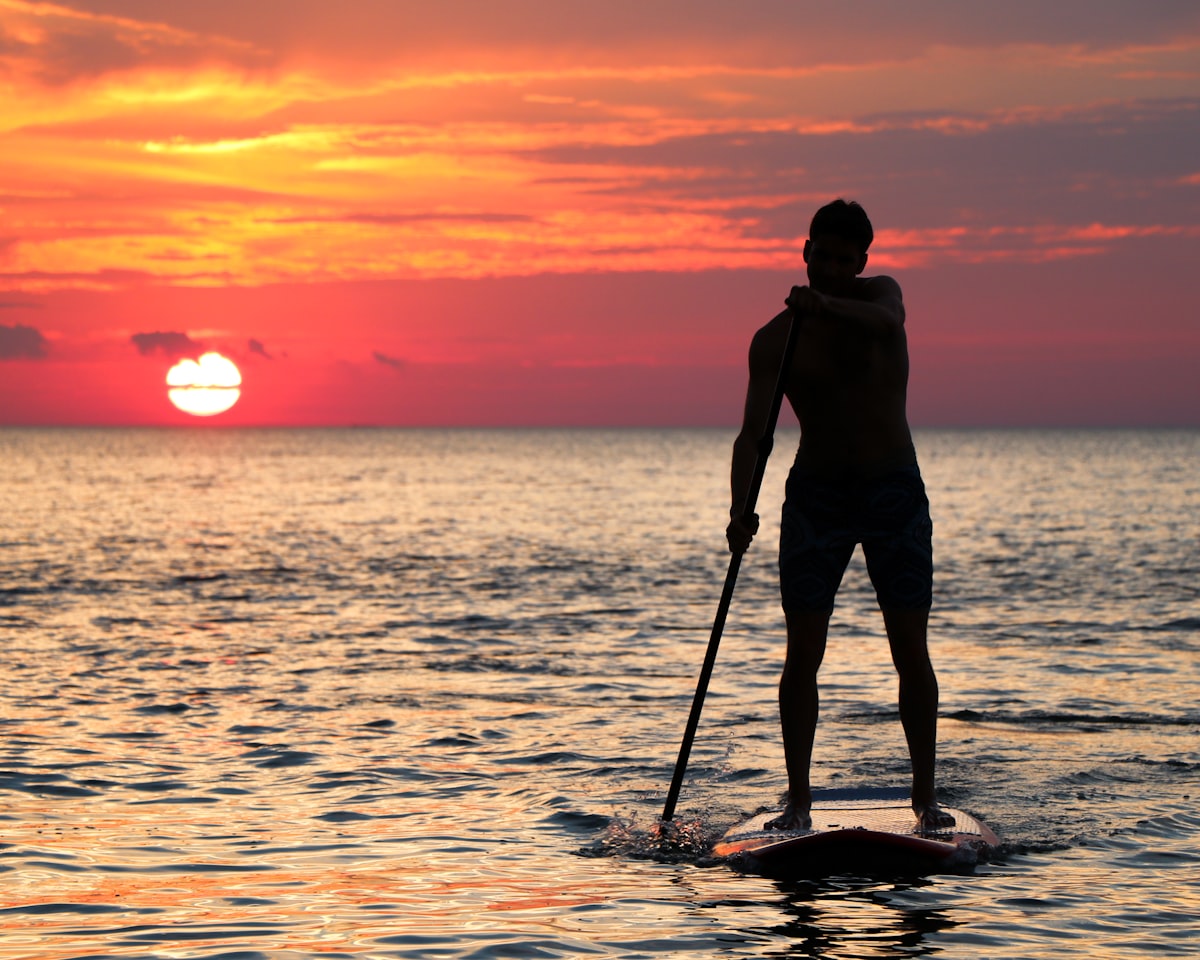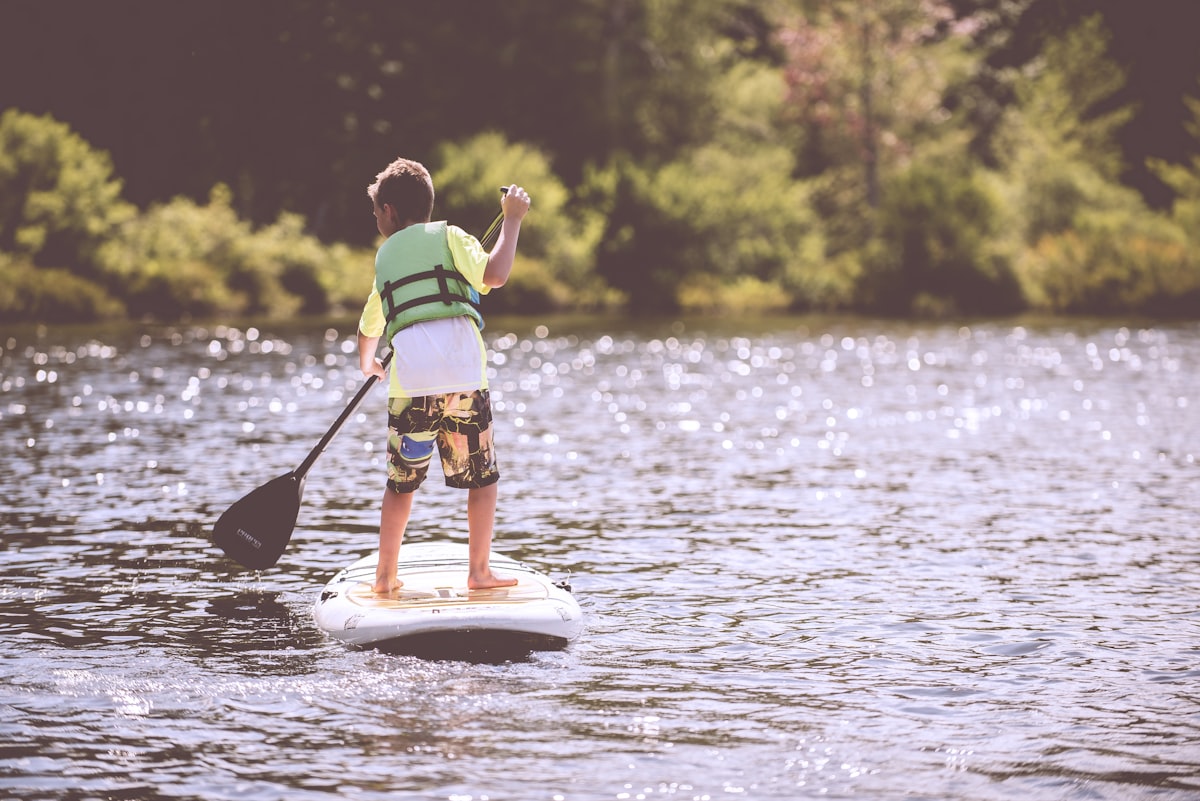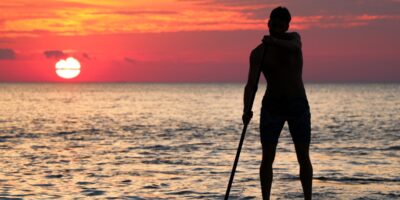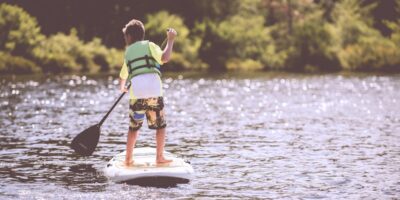
Planning a SUP Trip: What You Need to Know
Stand-up paddleboarding (SUP) offers a unique way to explore waterways, get a workout, and enjoy nature. Like any outdoor activity, planning is key to a successful trip. Here’s what you need to know to get started.
Selecting the Right SUP Board
Choosing the right SUP board depends on various factors. Consider the water conditions you’ll be paddling in. Flatwater boards are best for lakes and calm rivers. For rough sea environments, opt for a touring or all-around board.
Think about your experience level. Beginner boards are wider and more stable. Advanced paddlers might prefer narrower boards, which are faster but less stable. Research board materials as well; inflatable boards are portable but can be less rigid.
Essential Gear and Accessories
Besides the board, you’ll need other gear for a smooth trip. A paddle is necessary, and it should match your height. Adjustable paddles are versatile for different conditions and users.
Life jackets or personal flotation devices (PFDs) are crucial for safety. Some areas require them by law. Leashes connect you to the board, preventing it from drifting away if you fall. Remember to wear sun protection like hats, sunglasses, and waterproof sunscreen.
Carry a dry bag for personal items such as your phone, keys, and snacks. Hydration packs are also a good idea, especially for longer journeys.
Understanding Weather and Water Conditions
Check the weather forecast before you head out. Look for clear skies and calm winds. Sudden weather changes can be dangerous when you’re on the water.
Water conditions are equally important. Learn about tides, currents, and potential hazards in the area. For beginners, calm and shallow water is ideal. Advanced paddleboarders might seek more challenging conditions.
Navigation and Route Planning
Map out your route in advance. Identify launch points, rest stops, and exit points. Use local maps and online resources to plan your trip. Be mindful of the distance and your paddling speed.
Having a GPS device can be helpful for tracking your route. Ensure your phone is fully charged and stored in a waterproof case.
Safety Measures
Safety should be your top priority. Always let someone know your plans, including your expected return time. Travel with a buddy whenever possible.
Learn basic first aid and carry a small kit with you. Familiarize yourself with signals and gestures for communication on the water. Avoid paddling in restricted areas or near large vessels.
Skills and Techniques
Before embarking on a long trip, practice your skills. Learn how to stand up, balance, and paddle efficiently. Master basic strokes and turns.
Know how to fall safely to avoid injury. Practicing self-rescue techniques is also very useful, ensuring you can get back on your board quickly and safely if you fall off.
Environmental Considerations
Be mindful of your impact on nature. Follow Leave No Trace principles. This includes packing out all your trash and avoiding sensitive wildlife areas.
Respect local regulations and protected areas. Paddle quietly to minimize disturbances. Your goal should be to enjoy and preserve the natural beauty around you.
Local Laws and Regulations
Research local laws and regulations related to paddleboarding. Some areas may require permits or have specific rules regarding gear and safety equipment.
Check for any restricted zones where paddling is not allowed. Understanding and abiding by these regulations keeps you and others safe.
Preparing for Emergencies
Plan for emergencies by carrying a whistle, flare, or other signaling devices. Keep a laminated card with emergency contact numbers and key information.
Have an action plan in case of an accident or sudden weather change. Knowing your location and nearest exit points can be lifesaving.
Fitness and Training
Paddleboarding requires a good level of fitness. Work on your core strength, balance, and endurance before your trip. Simple exercises like planks and squats can help.
Regular paddling sessions build up your stamina and technique. Well-prepared muscles and cardiovascular systems make for a more enjoyable and less tiring experience.
Choosing the Right Companions
Picking the right people to join you can make or break your trip. Group members should have a similar skill level and fitness. Clear communication and shared expectations ensure harmony.
Discuss the trip plan and safety measures with your companions beforehand. Everyone should know their roles and responsibilities.
Understanding Local Wildlife
Familiarize yourself with local wildlife. Knowing what animals you might encounter helps in preventing potential threats. Be aware of any protected species and their habits.
Keep a safe distance from wildlife to avoid disturbances. Use binoculars or cameras with zoom features to observe from afar.
Personal Preparation
Have a checklist of personal items you’ll need. This includes food, water, clothing, and toiletries. Pack enough, but avoid overloading your board.
Dress in layers suitable for the forecast. Quick-drying, moisture-wicking clothing is ideal. Bring a change of clothes and a towel in case you get wet.
Joining a Group or Tour
Joining a group or tour can be a great way to learn and explore safely. Tours often provide equipment, guides, and preset routes. Group outings offer social opportunities and shared learning experiences.
Check local listings and online communities for tours and group events. Ensure the group is reputable and aligns with your skill level and goals.
Eco-Friendly Practices
Use eco-friendly gear and products whenever possible. Biodegradable sunscreen and reusable water bottles are good examples.
Support local conservation efforts. Participate in clean-ups or donate to organizations that protect waterways. Your efforts help preserve the environment you enjoy.
Destination Research
Research potential destinations extensively. Look for areas with suitable conditions for your skill level. Read reviews and ask for recommendations from experienced paddlers.
Consider accessibility, local amenities, and accommodation options. Knowing what to expect makes for a smoother and more enjoyable trip.
Practicing Pack-Up and Clean-Up
Practice packing your board and gear before the trip. Efficient packing ensures balance and safety on the water. A well-packed board is crucial for stability and maneuverability.
Clean your gear after every trip. Rinse off saltwater and sand to prolong the life of your equipment. Regular maintenance keeps your gear in top shape.
Building a Knowledge Base
Read books, watch videos, and follow blogs about paddleboarding. The more you know, the better prepared you’ll be. Continuing education helps you improve and stay safe.
Join forums and social media groups to share experiences and tips. Networking with other paddlers enhances your knowledge and opens up new opportunities.
Logistics and Transportation
Plan how you’ll transport your board and gear to the launch site. Roof racks are useful for hard boards, while inflatables can fit in car trunks. Ensure everything is securely fastened to avoid accidents.
Consider renting equipment if you’re traveling far. Local shops offer rentals and advice on the best places to paddle.
Financial Planning
Budget for your trip, factoring in equipment, transportation, accommodation, and food. Investing in quality gear can save money in the long run by reducing replacements.
Look for discounts or second-hand gear to cut costs. Joining membership clubs or buying in bulk can also offer savings.
Customizing Your Experience
Tailor your trip to suit your interests. Whether it’s fishing, photography, or simply enjoying nature, incorporate activities you love. Personalized trips offer more satisfaction.
Adapt your plans based on feedback from past trips. Continuous improvement ensures each adventure is better than the last.
“`
Recommended SUP Gear
GYMMALL Inflatable Paddle Board
Complete SUP package for all skill levels.
FunWater Inflatable SUP
Ultra-light board with all accessories included.
As an Amazon Associate, we earn from qualifying purchases.




